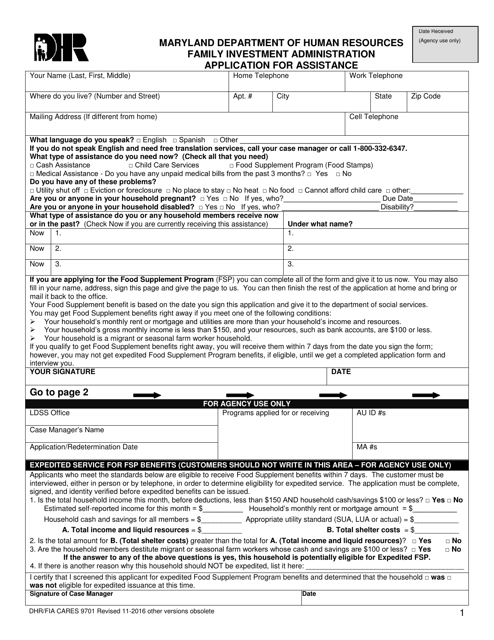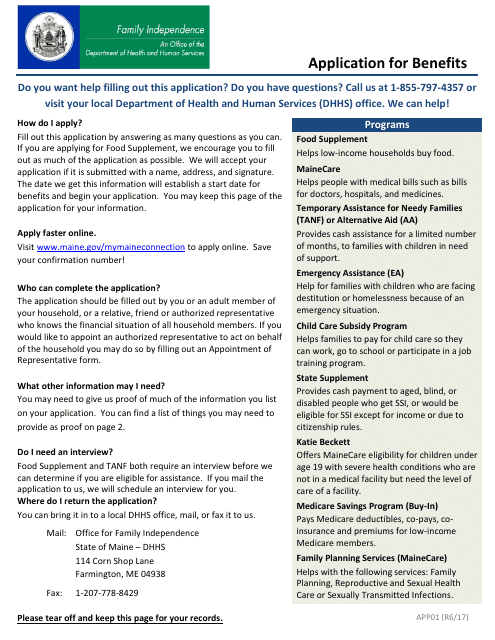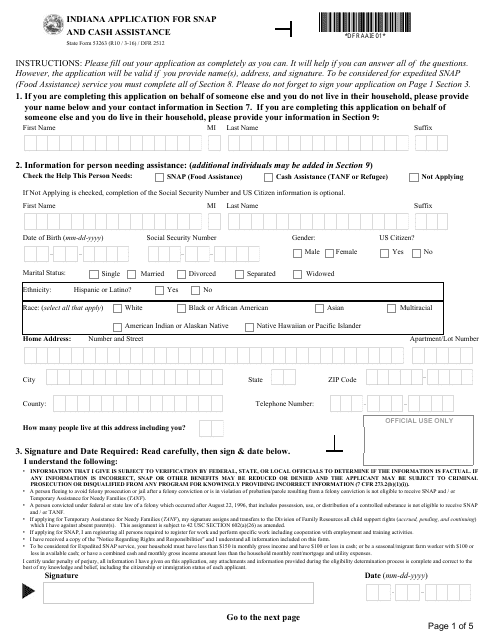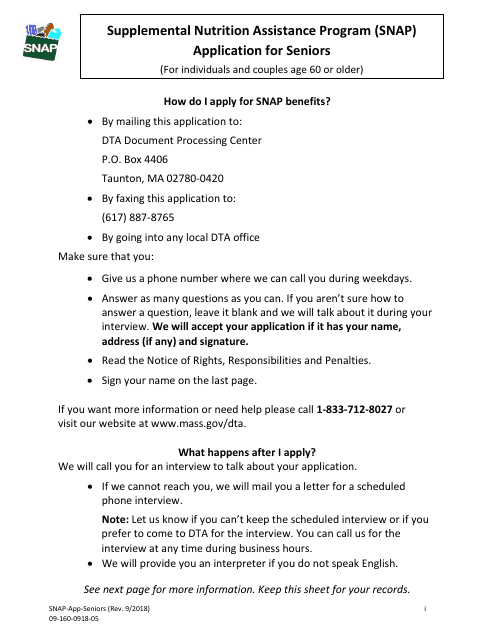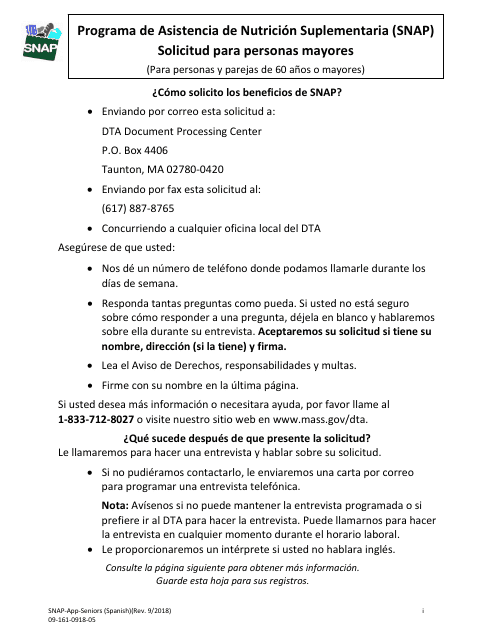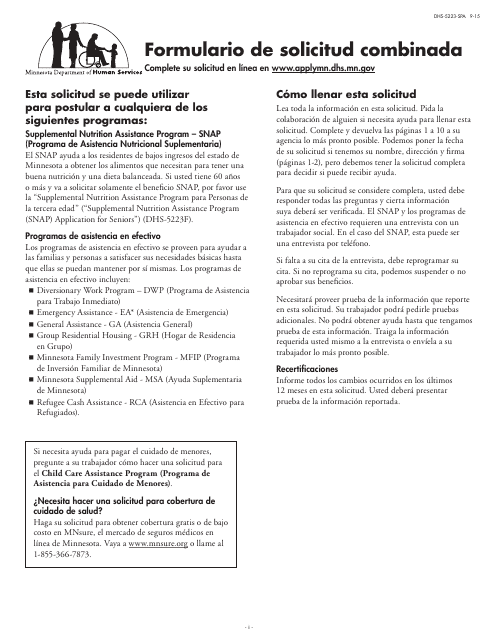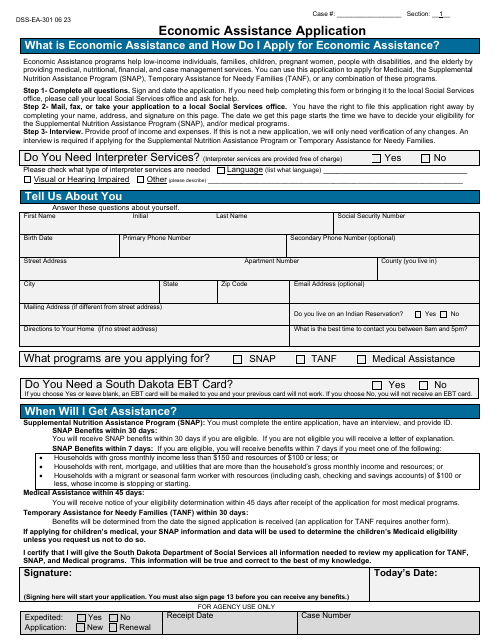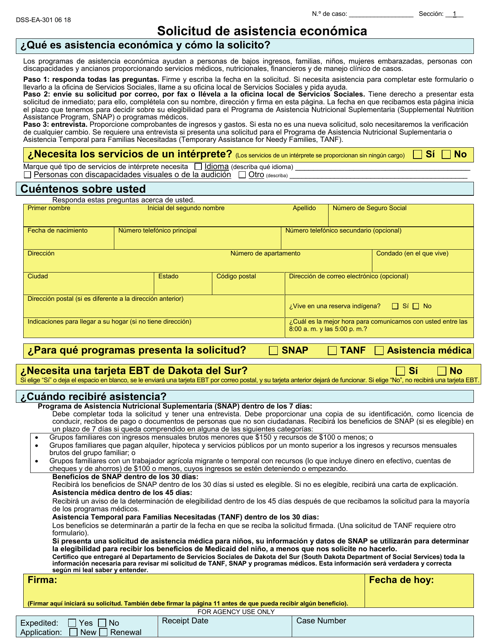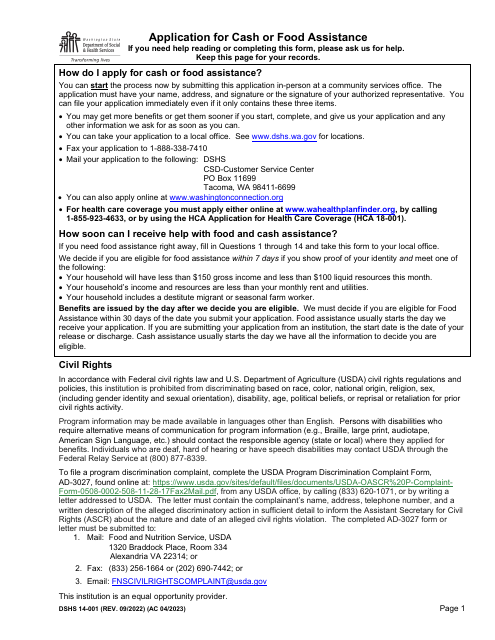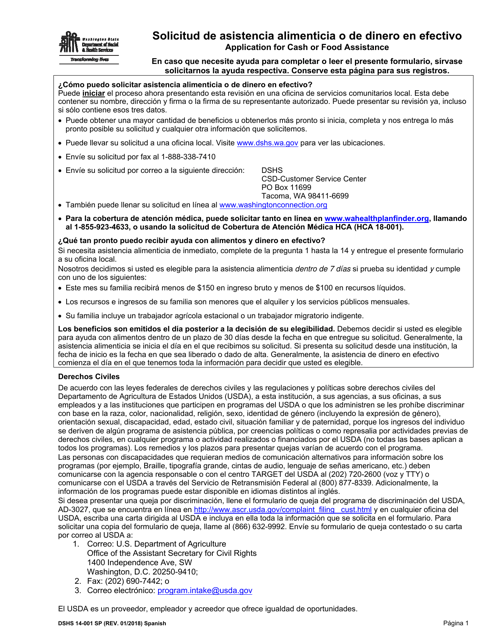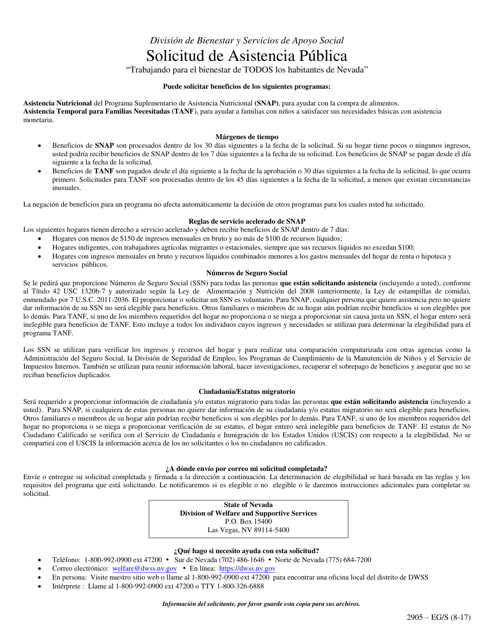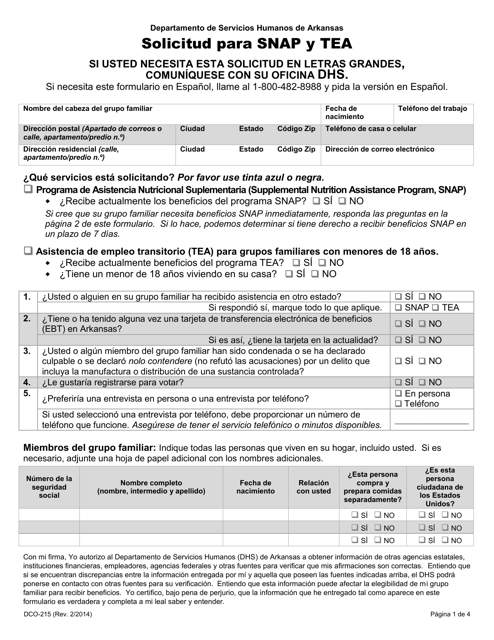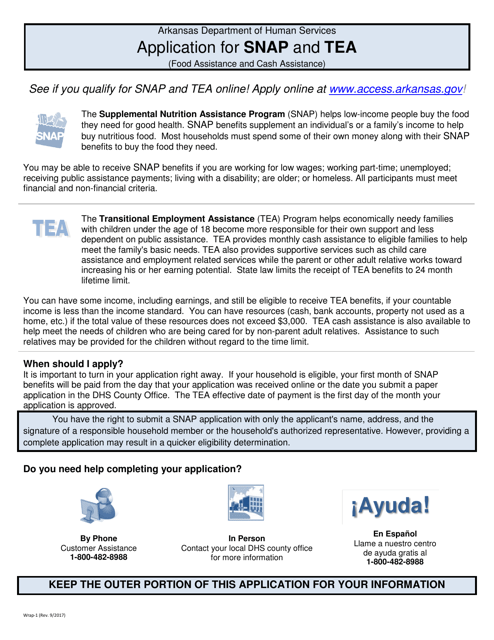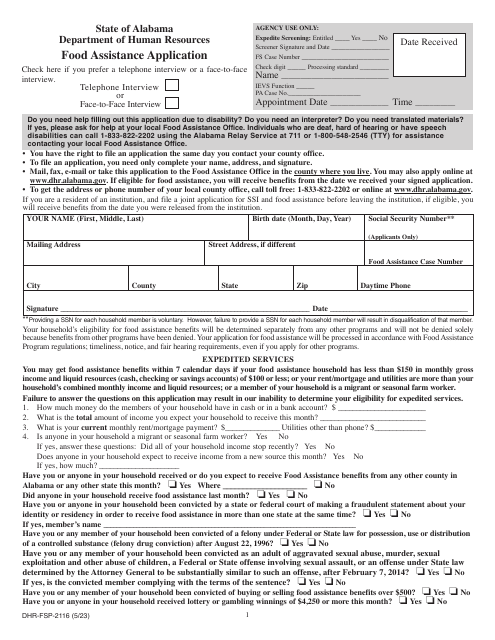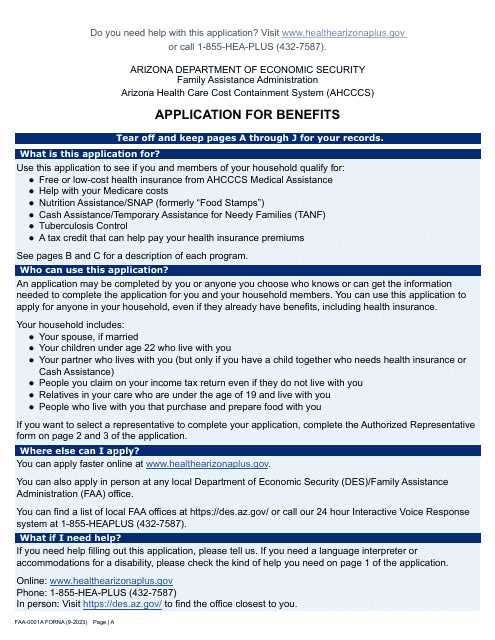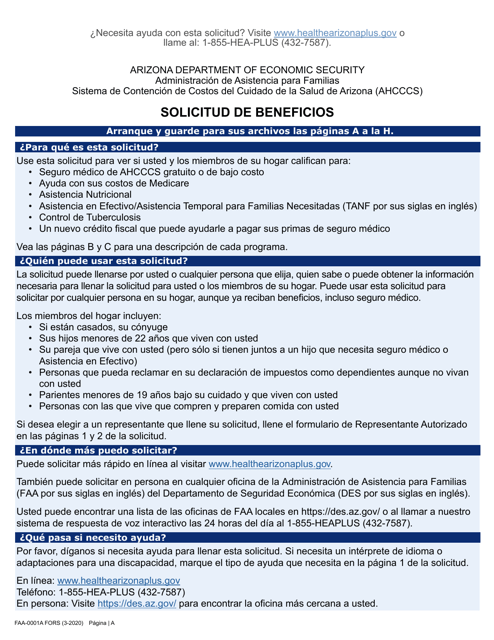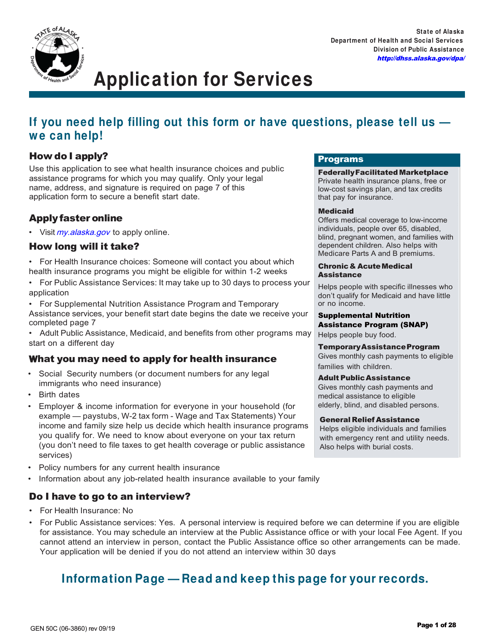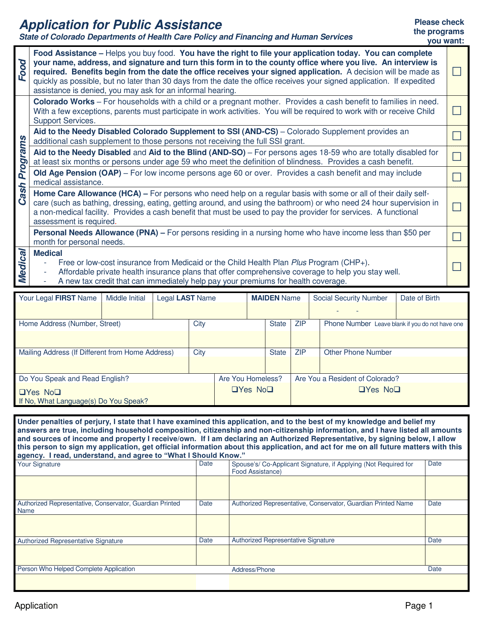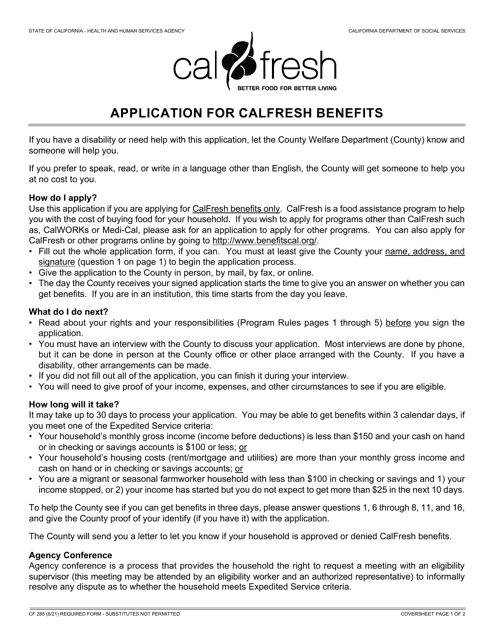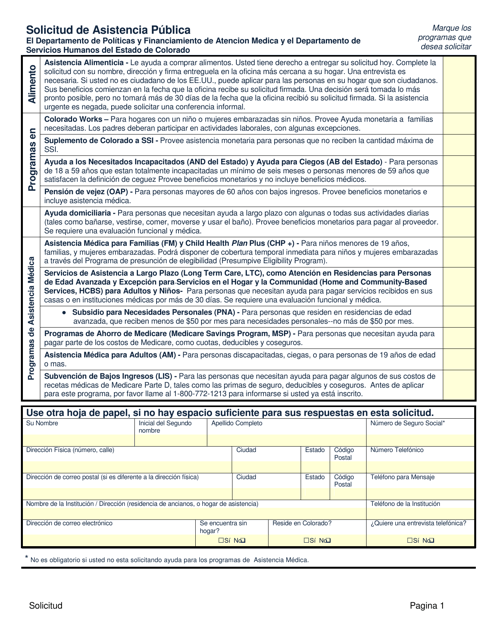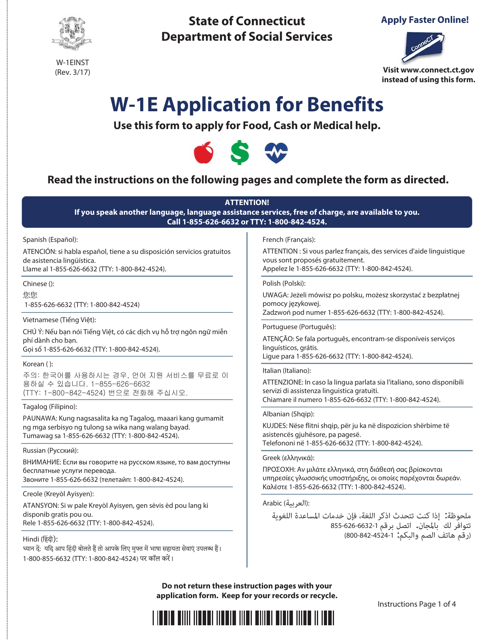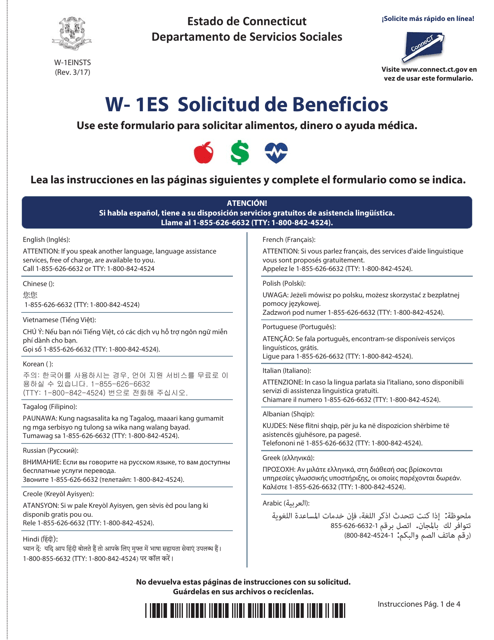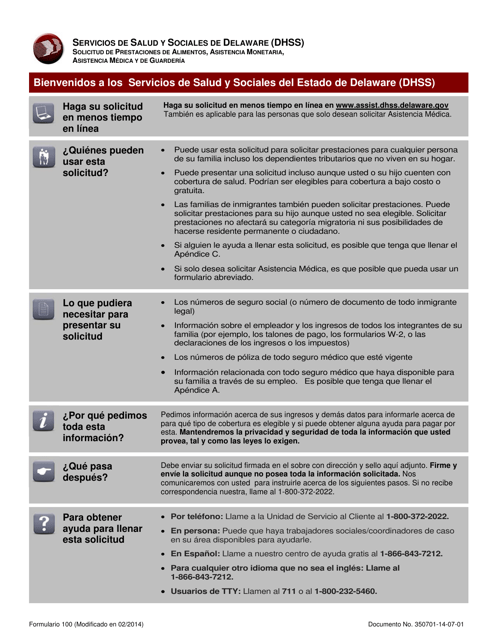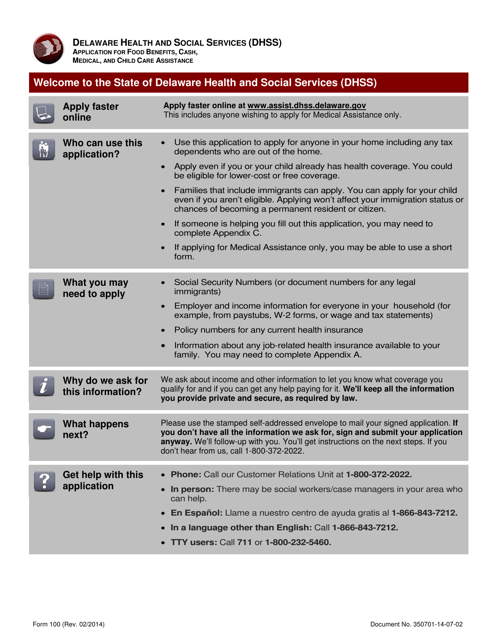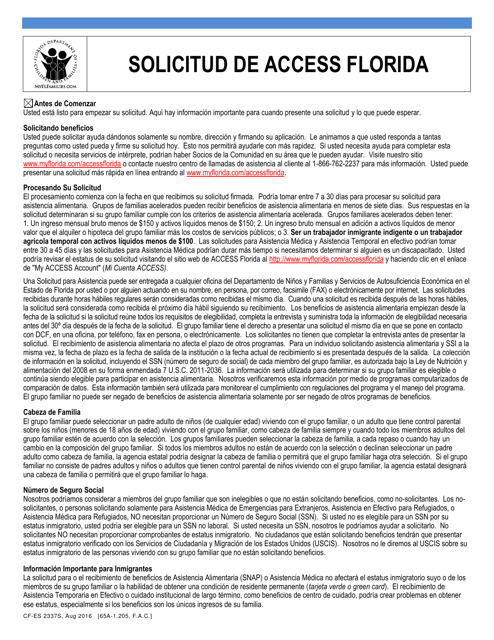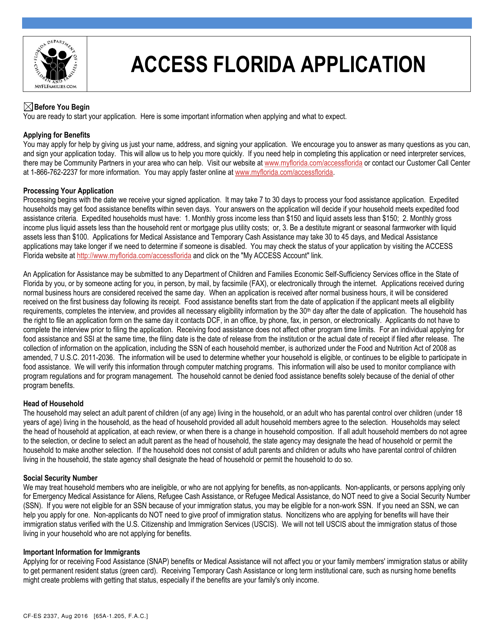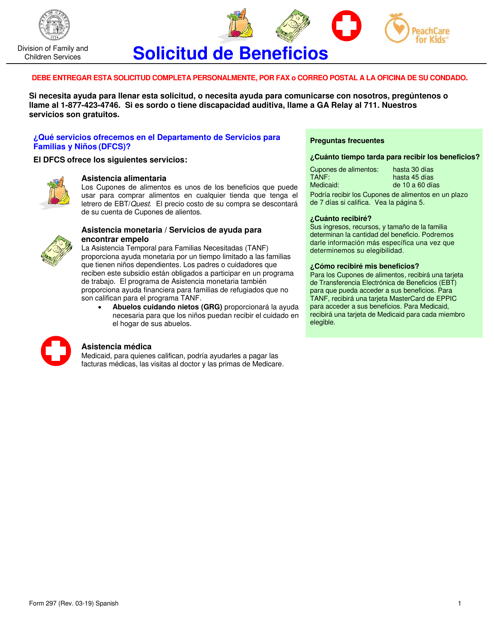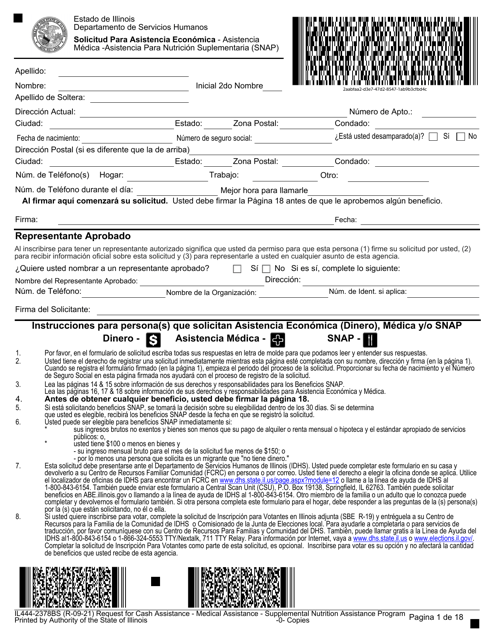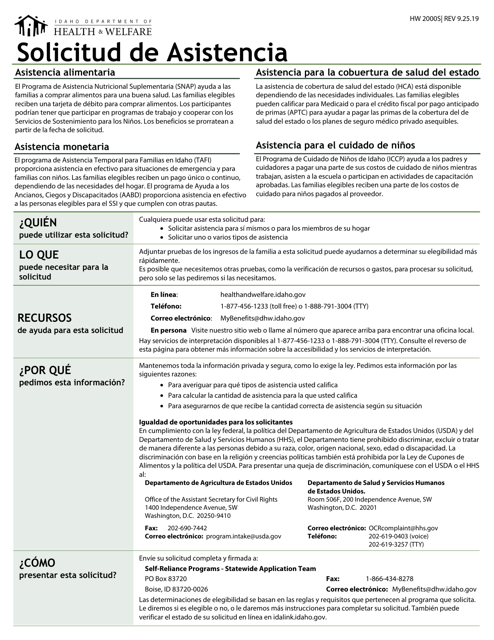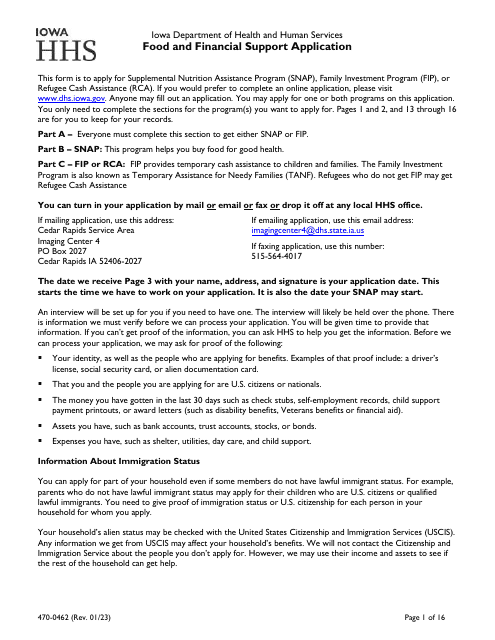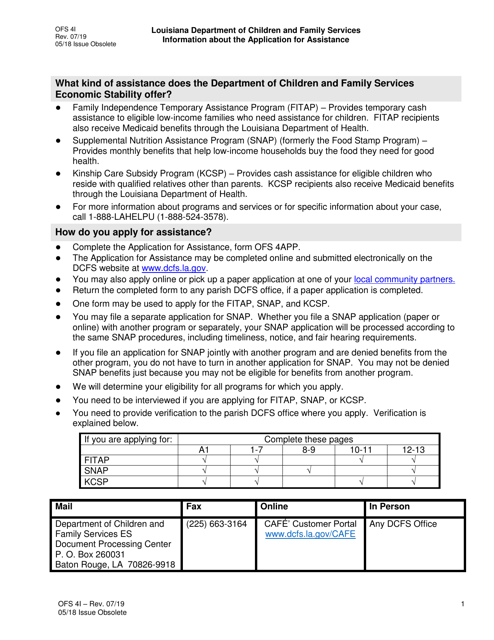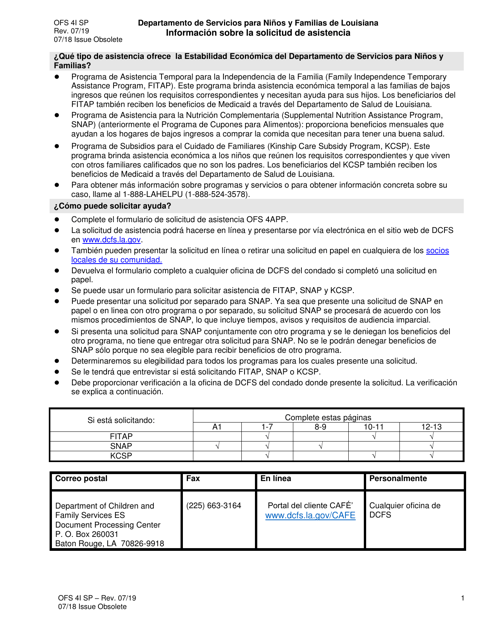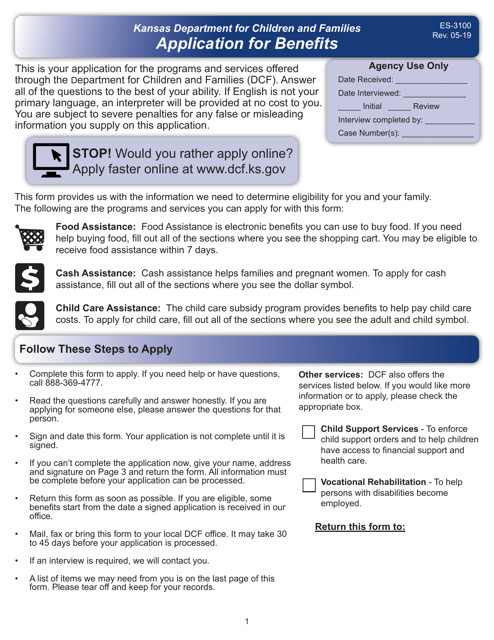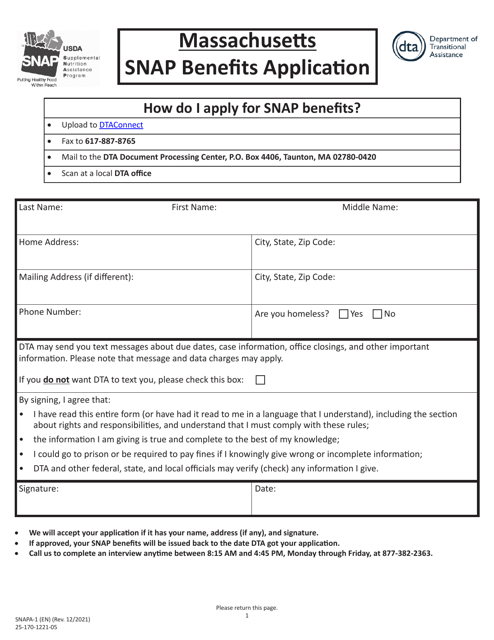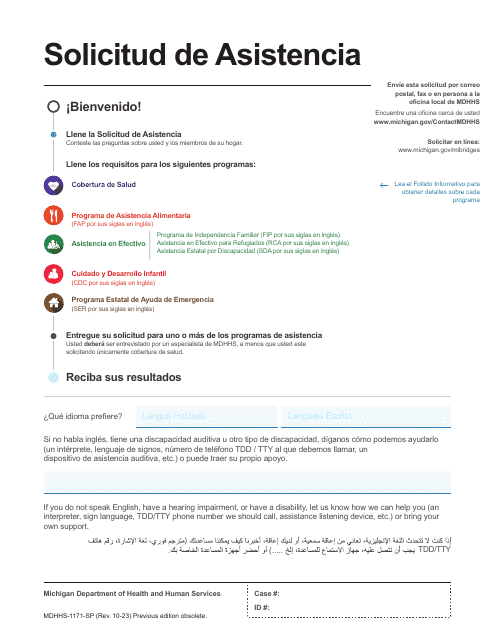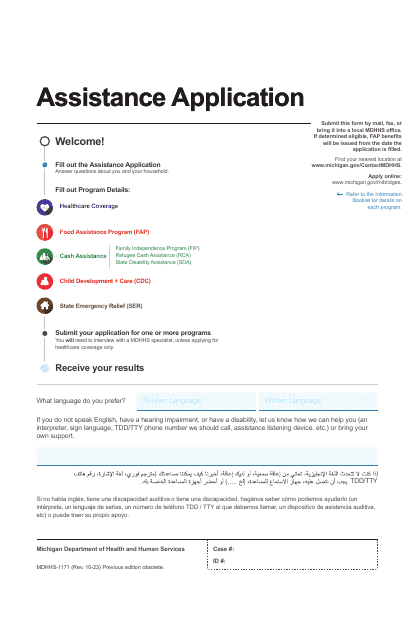SNAP Application Forms by State
What Is a SNAP Application?
The Supplemental Nutrition Assistance Program (SNAP) Application is a request to participate in a federal program that allows low-income Americans to purchase food.
Alternate Names:
- SNAP Application Form;
- Food Stamp Application Form.
SNAP provides benefits via the Electronic Benefits Transfer (EBT) card that is used to buy eligible food – bread, cereals, vegetables, fruits, meat, and dairy products - in authorized grocery stores, convenience stores, and farmers’ markets. It helps people to get back on their feet and pave a road to financial security. Along with unemployment insurance, SNAP is the most commonly used federal program that provides economic assistance during economic downturns.
SNAP Application Forms by State
Each state is responsible for implementing SNAP, approving SNAP applications, issuing EBT cards, and transferring monthly benefits to SNAP participants. States administer SNAP differently – it is allowed to adapt policy in order to meet the needs of low-income individuals in particular states.
It is even possible to rename the SNAP – five states still call this program the Food Stamp Program, while sixteen states have adopted unique names – for instance, CalFresh in California and 3SquaresVT in Vermont. Before you contact your local SNAP office, see the SNAP Application Form for your state below to learn the eligibility requirements and find out whether you qualify for these benefits.
What Is the Main Purpose of SNAP?
SNAP was designed to assist the most at-risk citizens – households with children, disabled individuals living on fixed incomes, and low-income elderly members. Almost half of all SNAP participants are children. SNAP is not available to all unauthorized immigrants and individuals who are on strike because of a labor dispute. In conjunction with community groups, volunteer organizations, and food banks, the SNAP strengthens communities by providing the nutrition and support people need.
What Are the Requirements for SNAP Benefits?
To be eligible for benefits, each household must meet three requirements:
- Gross monthly income is at or below 130% of the poverty line. SNAP counts income from all sources – earnings, cash assistance, unemployment insurance, Social Security payments. The poverty level is lower for smaller families and higher for bigger families;
- Net income – a household income after the deductions were applied – is at or below the poverty line;
- Assets are below certain limits – for example, a household without an elderly or disabled individual must have assets of no more than $2,250, while a household with such a member can have assets of no more than $3,500.
Related Topics:
- Learn how toapply for health insurance with your state;
- Complete a TANF application;
- Find out more about welfare benefits available to U.S. citizens.
Documents:
90
This Form is used for applying for benefits in the state of Maine.
This form is used for applying for SNAP and cash assistance in the state of Indiana.
This document is an application form specifically designed for seniors in Massachusetts. It is used for enrolling in various senior citizen benefit programs or accessing resources and services specifically tailored to the needs of the elderly population in the state.
This Form is used for applying for combined services in Minnesota. The form is in Spanish.
This Form is used for applying for financial assistance in Idaho. The HW2000 Application for Assistance is used to request benefits and support from the state. It allows individuals to apply for various programs and services aimed at helping them meet their basic needs and improve their quality of life.
This type of document is a Form 2993-EGS used for applying for public assistance in Nevada.
This form is used for applying for the Supplemental Nutrition Assistance Program (SNAP) and Temporary Assistance for Needy Families (TEA) in Arkansas.
This Form is used for applying for services in Alaska.
This form is used for applying for public assistance in the state of Colorado. It helps individuals and families access various government programs for financial support and services.
This document is for individuals in Colorado who are seeking public assistance. It is written in Spanish.
This document is used for requesting food assistance, monetary assistance, medical assistance, and childcare assistance in Delaware.
This Form is used for residents of Delaware to apply for food benefits, cash assistance, medical assistance, and child care assistance.
This Form is used for applying for Access Florida benefits in Florida. It is a Spanish version of the application form.
This Form is used for filing an Access Florida Application in the state of Florida. It allows individuals to apply for various assistance programs offered by the Department of Children and Families, such as food assistance, cash benefits, and medical coverage.
This document is a form used to apply for benefits in the state of Georgia, United States.
This form is used for applying for benefits specific to residents of Georgia in the United States.
This form is used for requesting cash assistance, medical assistance, and Supplemental Nutrition Assistance Program (SNAP) benefits in the state of Illinois.
This form is used to request assistance in the state of Idaho.
This Form is used for applying for financial assistance in the state of Louisiana.
This Form is used for requesting assistance in Louisiana. It is written in Spanish.
This form is used for applying for benefits in the state of Kansas. It is an application form that allows individuals to request various types of benefits from the government.

